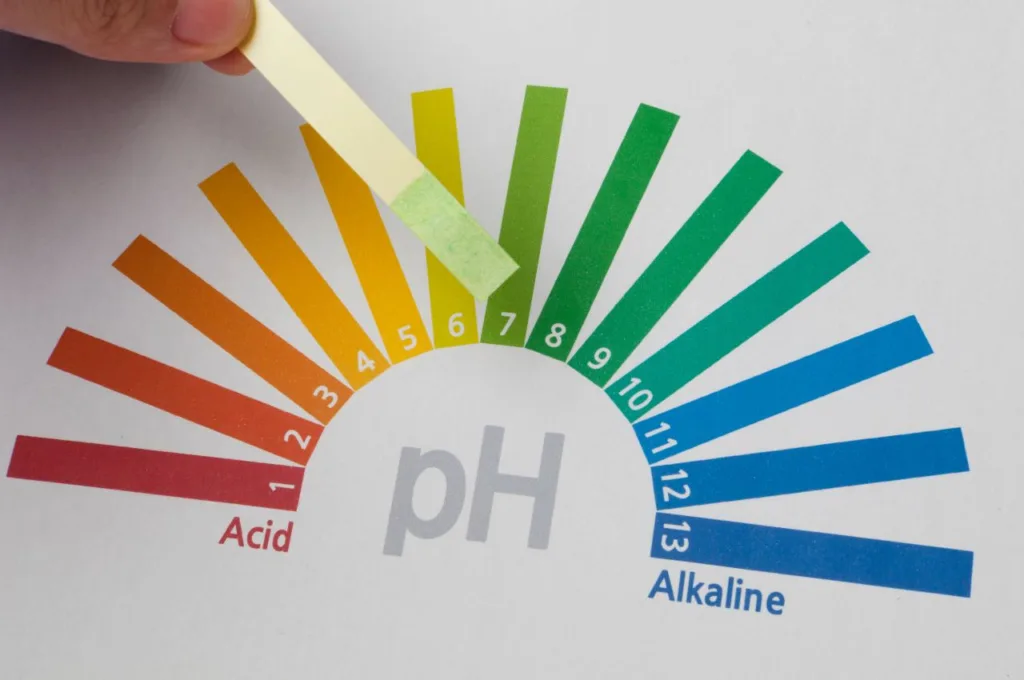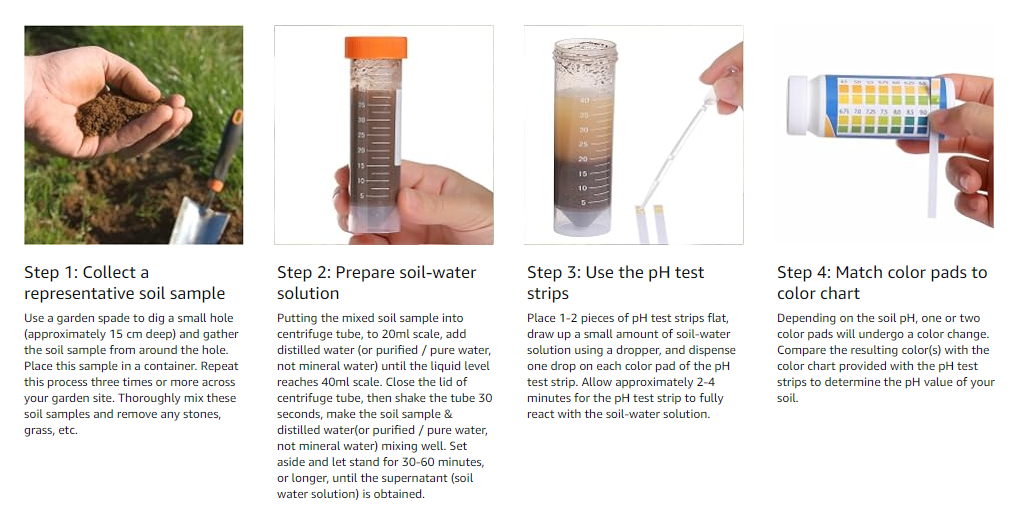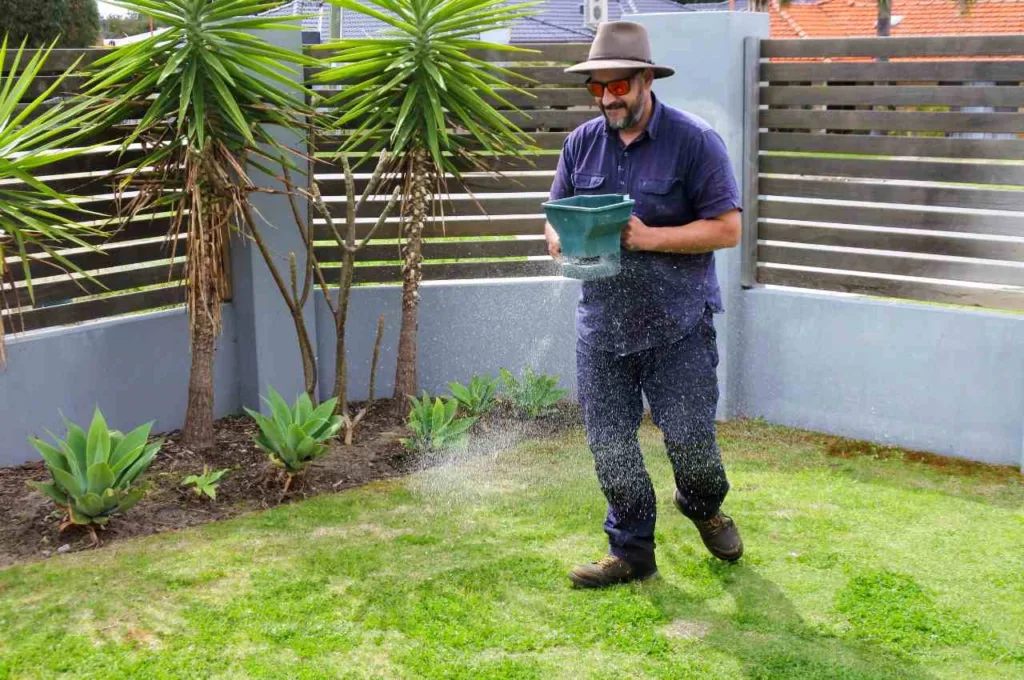If you’ve ventured into any sort of lawncare-related forum, you’ve probably come across discussions about soil testing. But why are people testing their lawn soil, and is it something you need to be concerned about?
I’ll be honest from the get-go: there’s rarely an occasion when conducting a soil analysis is absolutely essential. With that said, knowing your soil composition can be key to achieving the lush, green lawn of your dreams. So if you’re a keen lawncare enthusiast or you just want to understand exactly what’s going on beneath the grass, soil testing is a great practice to begin with.
Here, I’ve answered some of the most common questions people have about testing the soil on their lawn.
Table of Contents
🤷♂️ Why Test Your Lawn’s Soil?
Firstly, what’s the point of testing your lawn’s soil?
Think of your soil as the foundation of your lawn’s health. Testing it gives you valuable insights into its pH levels, nutrient content, and texture.
Once you have this knowledge, you can then go forward and make informed decisions about fertilising, watering, and choosing the right plants for your lawn. Plus, it can save you time and money in the long run by preventing unnecessary treatments or plant failures.
🧪 What to Test Your Soil For
When most people talk about testing their soil, they’re either referring to a soil pH test – which measures soil pH levels – or a soil nutrient test – which measures the soil’s nutrient levels.
If you’ve never tested your soil before, I recommend conducting both of these tests. Your soil pH test will help you to determine whether your soil’s acidity and alkalinity are suitably balanced for growing a healthy lawn, while the soil nutrient test will tell you whether or not your lawn could benefit from increased nutrients (namely nitrogen, potassium, and phosphorous), to support grass growth.
These two tests go hand in hand, as pH indicates the availability of the nutrients in the soil. But I don’t want to get too much into the science of it, here – it’s enough to know that testing your soil’s pH levels and nutrient content is more helpful than just testing one or the other.

🤔 How to Test Your Soil
Testing your soil is as simple as taking a soil sample and following some quick, user-friendly instructions.
If you’re just testing your soil to get a better understanding of its quality and nutritional value, a DIY test kit will be absolutely fine for you. You can buy these from your local garden centre or online – here are my top recommended kits on Amazon:
The exact process for testing your soil depends on the test you are conducting. In any situation, your testing device or kit should include the instructions to accurately conduct the test.
When testing soil pH, you usually just insert the sensor probe 2-4 inches into the soil, then read the screen. Some pH meters, like the one I recommended above, can also be used to measure soil moisture and light, and you can toggle between the different measurements.
Testing soil nutrient levels is slightly more comprehensive and involves taking a sample from your lawn. Add the soil sample to the included pot, then pour in the included powder, add water, and wait for the soil to change colour. The shade will determine whether the soil is deficient in a certain nutrient, whether the nutrient levels are adequate, or whether the nutrient is present in excess.
Below are the instructions for Xlux soil pH testing kits <— Amazon Link

🗓 When Is the Best Time to Test Your Soil?
Spring or autumn is the ideal time to test your soil. Aim for a time when your lawn isn’t too wet or dry, as extreme conditions can skew the results.
I recommend testing your lawn in early spring if you can, since testing before the growing season gives you plenty of time to adjust your soil’s pH and nutrient levels before your grass growth kicks into high gear.
If you’re reading this article during the summer or winter, it’s still fine to test your soil right now if you want to. Just avoid testing during periods of drought, frost, snow, or heavy rainfall.
📊 What Will Soil Testing Tell You?
Soil testing provides valuable information about your soil’s pH level and nutrient content.
pH level indicates whether your soil is acidic, neutral, or alkaline, which affects nutrient availability to your plants.
Nutrient content will tell you whether or not your soil has deficiencies or excesses of essential elements like nitrogen, phosphorus, and potassium.
You can then use this information to decide how (if at all) you should treat your lawn to enhance grass growth during the spring, summer, and early autumn months.

📑 What to Do With the Test Results
If your soil test results tell you that something is off, don’t panic! They’re your roadmap to a healthier lawn.
The exact steps that you choose to take at this stage depend on the results you received.
For instance, if your soil pH is off, you can adjust it by adding lime to raise pH (I recommend this Wetland lime soil conditioner) or sulphur to lower it (these Elixir Gardens sulphur chips have worked well for me).
Nutrient deficiencies can be remedied with organic or fertilisers tailored to your lawn’s needs. If your soil’s nitrogen content is low, go for a nitrogen-rich spring-summer fertiliser, like this lawn feed by A1 Lawn. Or, if your soil needs more phosphorous, choose a winter lawn feed that has a decent phosphorous content, like this Proctors Autumn & Winter Lawn Feed.

⏰ How Often Should I Test My Soil?
As a general rule of (green) thumb, test your soil every 2-3 years.
However, if you’re experiencing issues like poor growth, yellowing leaves, pest damage, or lawn disease, you’ll need to test more frequently. Regularly testing your soil allows you to track changes over time and adjust your lawn care routine accordingly.
🏁 Final Word
I hope I’ve now been able to answer all the questions you might have had if you’ve started to look into conducting a soil analysis.
Remember, you can buy soil tests online that make soil testing quick and easy to do yourself. There’s no need to ship a soil sample off to a professional soil testing service unless you’re experiencing an issue that can’t be remedied by increasing/decreasing the soil’s pH or adding nutrient-rich fertiliser. And in my experience, most issues are simple to remedy without professional health.
Testing your lawn soil might not be the most glamorous aspect of gardening, but it’s essential for maintaining a healthy and vibrant lawn.
Let me know if you have any additional questions on how to test soil pH and nutritional value. I’ll be happy to help.
